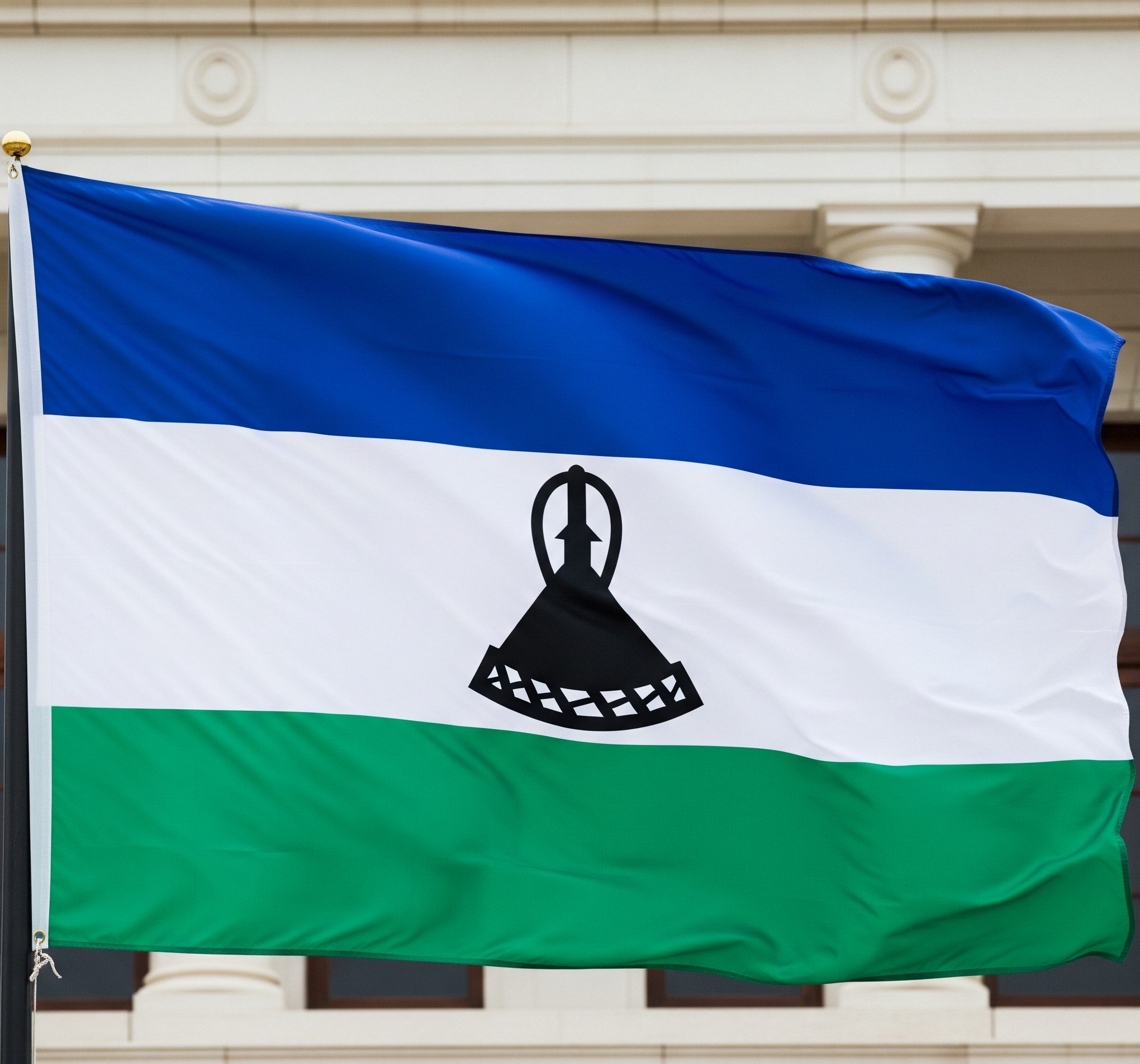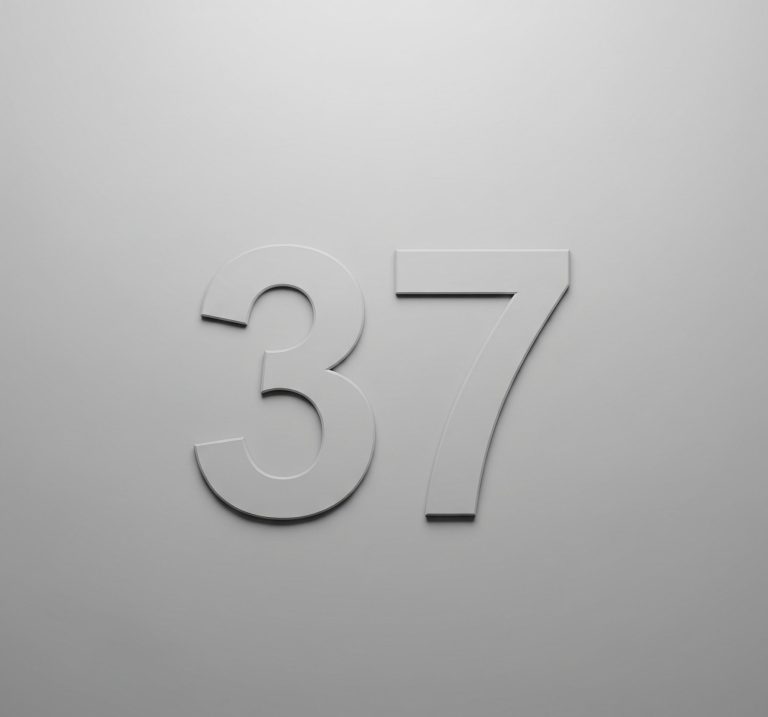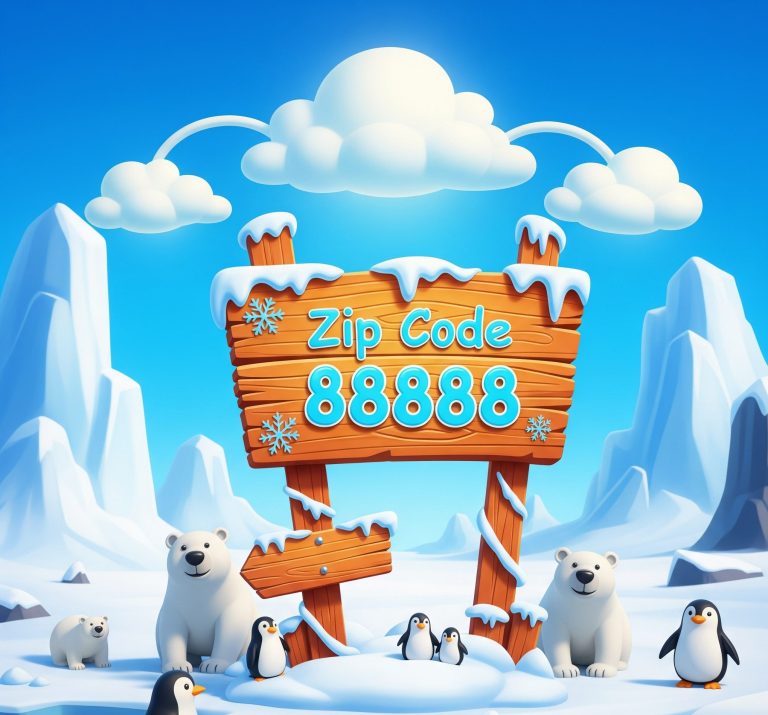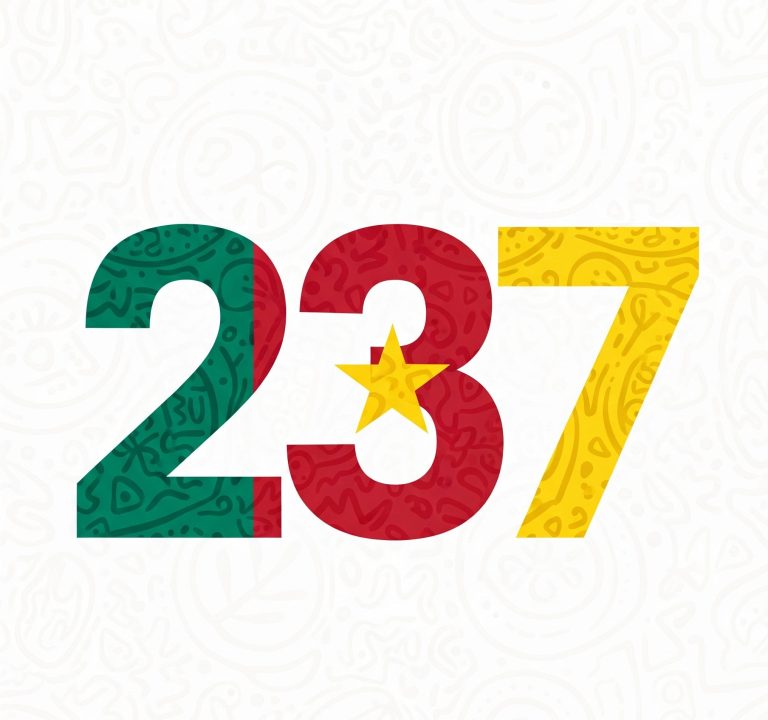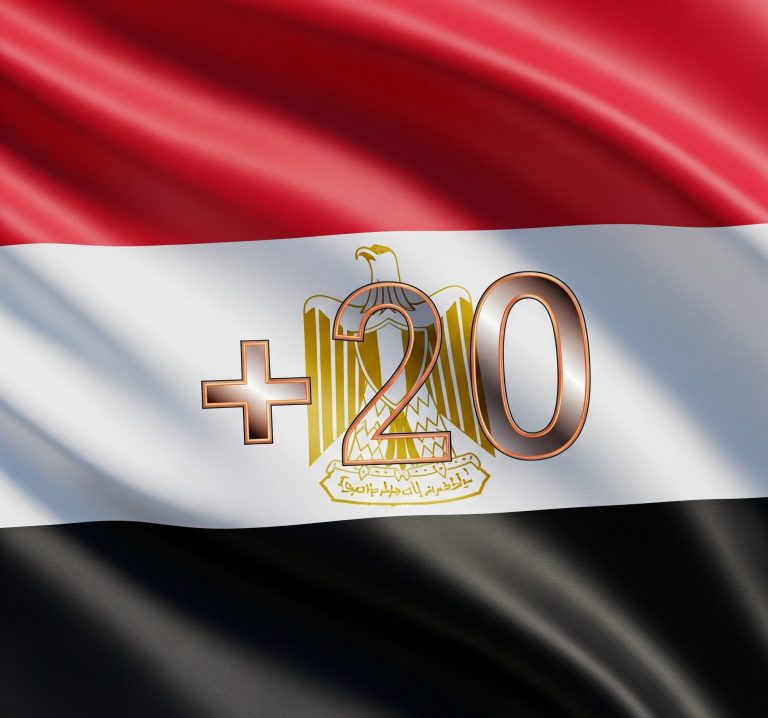In an increasingly connected world, making international calls has become commonplace for many Americans. Whether you’re reaching out to family, conducting business, or simply staying in touch with friends abroad, understanding the intricacies of international dialing is essential. A crucial component of this is the country code, a unique numerical prefix that directs your call to the correct nation. While the 0026 country code might not be immediately familiar to many in the United States, deciphering its role is key to successful global communication.
Contents
What is a Country Code and Why Does it Matter?
At its core, a country code is a telecommunication identifier assigned to each sovereign state and certain dependent territories by the International Telecommunication Union (ITU). Think of it as a postal code for phone calls, ensuring your voice reaches its intended destination across borders. Without the correct country code, your call simply won’t connect, no matter how accurate the local number.
For Americans, the concept of a country code is often exemplified by our own: “+1” for the United States and Canada. When dialing within North America, this code is typically implicit, but when calling from outside the continent, it becomes a mandatory part of the dialing sequence. The same principle applies to calls initiated from the U.S. to other nations, requiring the appropriate country code for that specific destination.
Deconstructing the 0026 Country Code: Where Does It Lead?
While “00” is universally recognized as an international exit code from many countries (including the U.S. when dialing from a landline), it’s important to clarify that 0026 country code itself does not represent a single country code. Instead, it’s a combination that typically signifies an international access prefix followed by a country code beginning with ’26’.
In the context of international dialing from the United States, the “00” portion would be replaced by the U.S. international exit code, which is “011”. So, if you encounter a number presented with “0026 country code” and then a series of digits, you would likely interpret it as:
- 011 (U.S. international exit code)
- 26X (The actual country code, where ‘X’ is another digit)
- The local phone number
Let’s explore some actual country codes that begin with “26”:
- +260 – Zambia
- +261 – Madagascar
- +262 – Reunion (French overseas department)
- +263 – Zimbabwe
- +264 – Namibia
- +265 – Malawi
- +266 – Lesotho
- +267 – Botswana
- +268 – Eswatini (formerly Swaziland)
- +269 – Comoros
As you can see, a country code starting with “26” points overwhelmingly to nations within the African continent and its surrounding islands. Therefore, if you come across “0026 country code” in a contact, it’s a strong indicator that the intended recipient is in one of these African or Indian Ocean island nations.
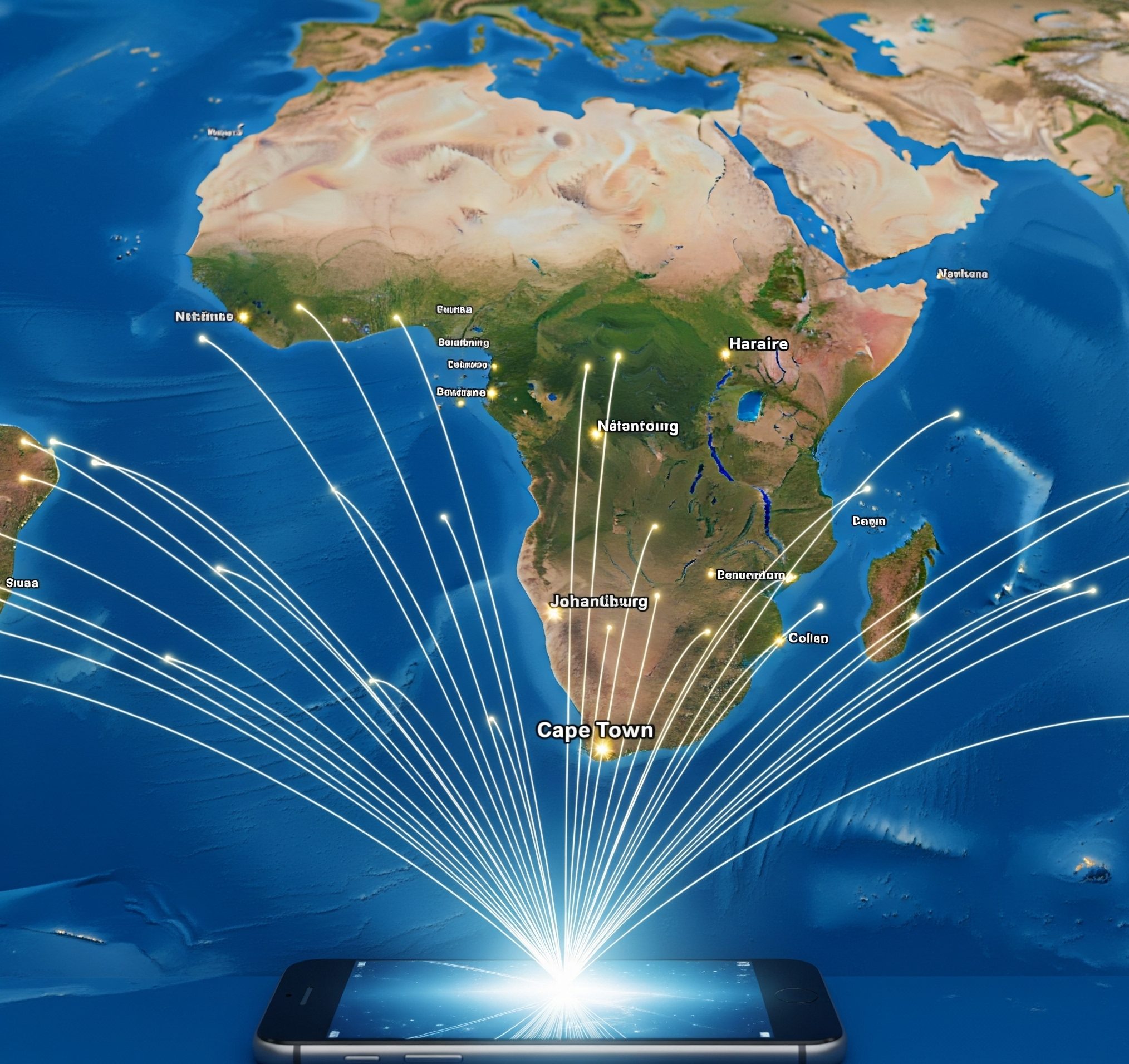
How to Dial Internationally from the U.S.
To make an international call from the United States, you’ll need to follow a specific dialing sequence. This typically involves three key components:
- The U.S. International Exit Code: For landlines, this is 011. For mobile phones, you can often use the “+” symbol, which automatically functions as the international exit code for your location. This signals to your phone carrier that you are making a call outside of the U.S.
- The Destination Country Code: This is the unique code for the country you are trying to reach. In our example, this would be the “26X” portion that follows the “00” in “0026 country code“.
- The Local Phone Number: This is the specific phone number within that country.
Example for a U.S. Caller:
Let’s say you want to call a number in Lesotho. The country code for Lesotho is +266. If you have a local number, for instance, 22 XXX XXXX, you would dial it as follows:
- From a Landline: 011 266 22 XXX XXXX
- From a Mobile Phone: +266 22 XXX XXXX
It’s crucial to note that some international numbers may include a leading zero in their local number, which should be dropped when dialing from abroad. This “trunk zero” is only used for domestic calls within that country.
Tips for Smooth International Communication
- Verify the Full Number: Always double-check the complete international number, including the country code and any area or city codes. A single digit error can prevent your call from connecting.
- Consider Time Zones: Before placing an international call, be mindful of the time difference. Calling in the middle of the night in the destination country can be inconvenient.
- Check Rates: International calling rates can vary significantly depending on your service provider and the destination. Researching these costs or considering international calling plans can save you money. Many VoIP services and messaging apps also offer cost-effective or free international communication options.
- Mobile vs. Landline: While the dialing sequence is similar, mobile phones often offer more flexibility, especially with the “+” symbol for the international exit code. Be aware that calling mobile numbers in some countries can incur higher charges than calling landlines.
conclusion
Understanding the components of international dialing, including the specific meaning of terms like “0026 country code” when seen in full, empowers American callers to connect seamlessly with contacts around the globe. With a little preparation, distance is no longer a barrier to effective communication.

